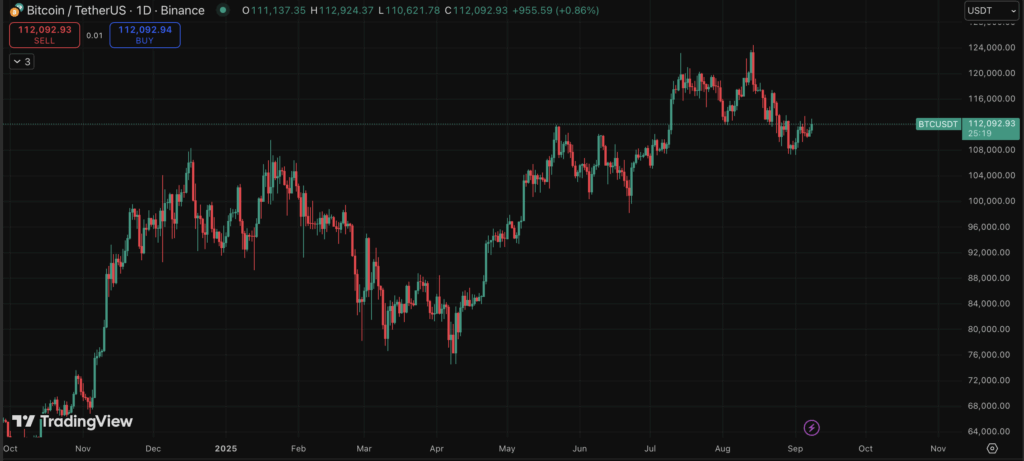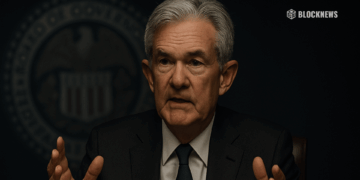- Institutional investors now dominate Bitcoin’s cycle, reducing volatility and reshaping old models.
- Tom Lee forecasts Ethereum at $60,000 and Bitcoin at nearly $1 million in the next supercycle.
- Stablecoins and CBDCs could shift crypto from a speculative asset to a global financial pillar.
Tom Lee, chairman of Bitmine and Fundstrat’s lead researcher, has been studying Bitcoin’s famous four-year cycle. In a recent discussion with Mario Nawfal, he traced its roots back to Bitcoin’s halving events, which historically created supply shocks and sparked massive rallies followed by sharp crashes. In those early years, price itself was the only signal, setting a rhythm traders came to rely on.
Institutional Investors Reshape the Bitcoin Market
Lee highlighted 2024 as a major turning point. For the first time, institutional investors overtook retail traders as the dominant force in Bitcoin markets. Their long-term strategies and steady inflows could smooth out volatility, breaking away from the old boom-and-bust model. The coming year, Lee said, will test whether Bitcoin continues its classical decline cycle or finally breaks away from its correlation with equity markets.

Why Old Bitcoin Price Models May No Longer Work
Lee entered crypto in 2017 after leaving JP Morgan to co-found Fundstrat. Back then, he argued that Bitcoin was “digital gold” and placed its fair value at $25,000 while the price sat below $1,000. Many doubted him, but by 2022 Bitcoin reached that range. Now, with institutional adoption, corporate treasuries, and even governments investing directly in digital assets, Lee argues that old speculative models no longer apply. This structural demand could power what he calls a new crypto supercycle.
Tom Lee’s Bold Forecast: Ethereum $60K, Bitcoin $1M
Looking forward, Lee maintains ambitious targets—Ethereum at $60,000 and Bitcoin near $1 million. He supports these predictions with liquidity cycles, institutional adoption, and government interest. While skeptics argue crypto still depends heavily on central bank liquidity and low interest rates, Lee believes AI innovations, blockchain adoption, and stablecoin growth will sustain demand even in tighter monetary conditions.
Crypto’s Role in a Global Debt Crisis
The global economy is currently weighed down by over $600 trillion in pension, corporate, and government debt. Opinions differ on whether this leads to deflation or runaway inflation. Lee suggests that innovation in AI, stablecoins, and central bank digital currencies could act as stabilizers. Stablecoins already purchase U.S. Treasuries at levels comparable to Japan or China, showing their influence on global markets. With CBDCs, policymakers could go a step further—directly injecting digital funds instead of adjusting interest rates. In such a future, crypto may evolve from speculation to a foundational element of the global financial system.














